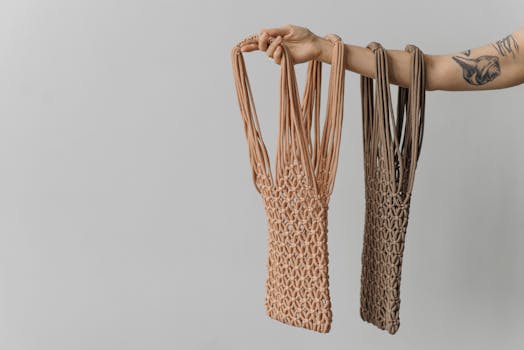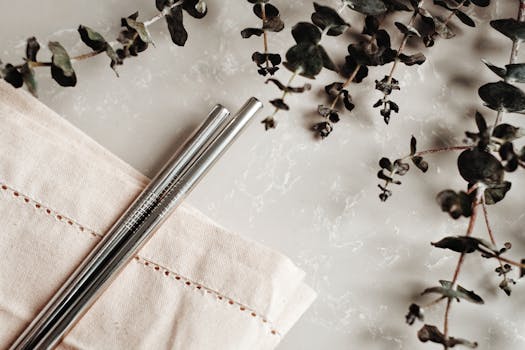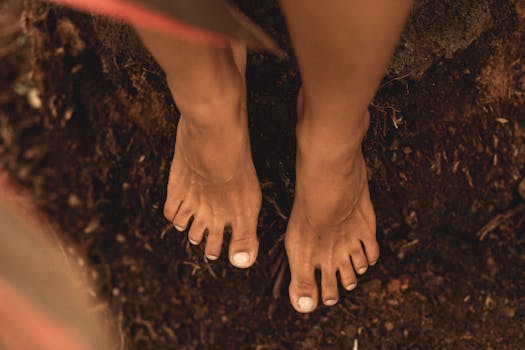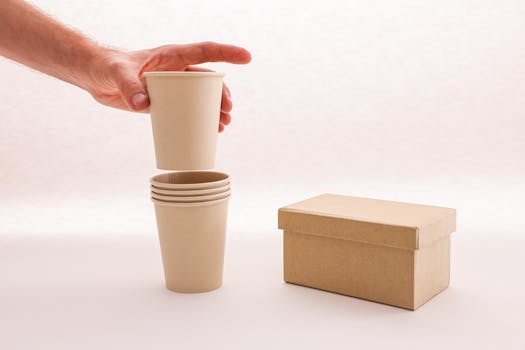
“
Introduction to Minimalist Living
Minimalist living is a lifestyle that has gained popularity in recent years, and for good reason. By embracing minimalism, individuals can simplify their lives, reduce stress, and increase productivity. At its core, minimalist living is about living with intention and purpose, and eliminating anything that does not serve a functional or emotional purpose. In this article, we will explore the benefits of minimalist living and provide tips on how to incorporate it into your daily life.
Benefits of Minimalist Living

So, what are the benefits of minimalist living? Some of the most significant advantages include:
- Reduced stress and anxiety: By eliminating clutter and living with fewer possessions, individuals can reduce feelings of overwhelm and increase feelings of calm.
- Increased productivity: With fewer distractions and a more streamlined living space, individuals can focus on what is truly important and achieve their goals more efficiently.
- Improved financial stability: By adopting a minimalist lifestyle, individuals can reduce their spending and save money on unnecessary purchases.
- Greater sense of freedom: Minimalist living allows individuals to break free from the burden of possessions and focus on what truly brings them joy and fulfillment.
Decluttering and Simple Living

One of the most significant steps in embracing minimalist living is decluttering. This involves getting rid of anything that is no longer needed, useful, or brings joy. Start by going through your belongings and separating them into three categories: keep, donate/sell, and discard. Be ruthless – if you haven’t used something in the past year, it’s likely you won’t miss it.
Simple living is also an essential aspect of minimalist living. This involves adopting a more streamlined and efficient approach to daily life, from cooking and cleaning to work and leisure activities. Some tips for simple living include:
- Meal planning and prep: Plan your meals in advance and prep ingredients to reduce food waste and save time.
- Batching similar tasks: Group similar tasks, such as cleaning or laundry, to reduce the amount of time spent on these activities.
- Implementing a ‘one in, one out’ policy: For every new item that comes into your home, get rid of an old one to maintain a balanced level of possessions.
Mindful Consumption and Sustainable Practices

Mindful consumption is an essential aspect of minimalist living. This involves being more intentional and thoughtful when making purchases, and avoiding impulse buys. Some tips for mindful consumption include:
- Waiting 24 hours before making a purchase: This allows you to determine whether the item is something you truly need or just a want.
- Asking yourself if you really need something: Before making a purchase, ask yourself if the item aligns with your values and goals.
- Buying second-hand: Consider buying second-hand or vintage items instead of new ones to reduce waste and support sustainable practices.
Sustainable practices are also crucial in minimalist living. This involves adopting habits that reduce your environmental impact, such as:
- Reducing energy consumption: Turn off lights, electronics, and appliances when not in use to reduce energy consumption.
- Using public transport or walking/biking: Consider using public transport, walking, or biking instead of driving to reduce your carbon footprint.
- Reducing water waste: Take shorter showers and fix leaks to reduce water waste.
Conclusion

In conclusion, minimalist living is a lifestyle that offers numerous benefits, from reduced stress and increased productivity to improved financial stability and a greater sense of freedom. By embracing minimalist living, individuals can simplify their lives, reduce their environmental impact, and focus on what truly brings them joy and fulfillment. Whether you’re looking to declutter your living space, adopt more sustainable practices, or simply live with more intention and purpose, minimalist living is definitely worth considering.





